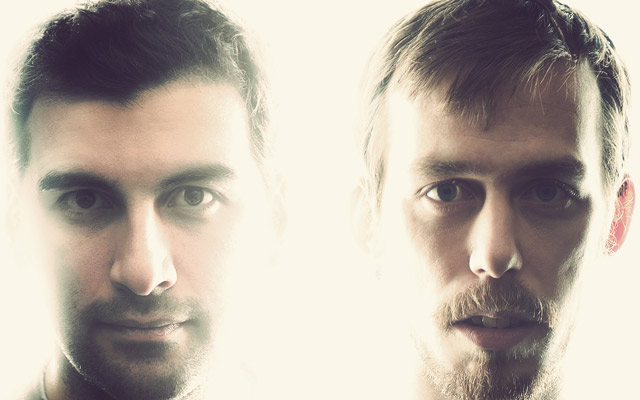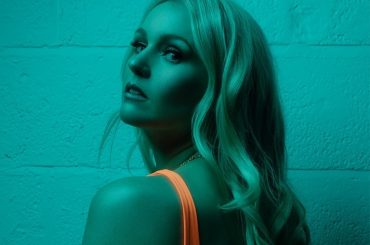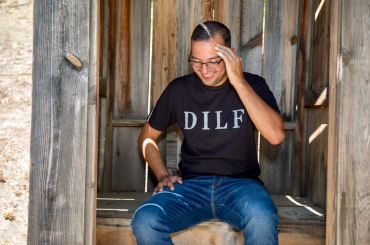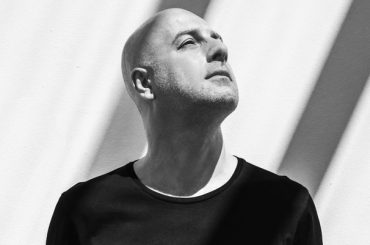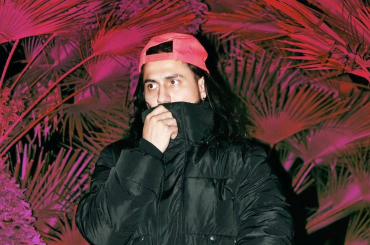Self-described as a “simultaneously visceral and cerebral experience,” Pleasurekraft has been laying down dark basslines and intricate grooves to legions of fans since the release of its 2010 tech-house smash “Tarantula.”
The elusive American/Swedish duo—Kaveh Soroush from Washington, D.C., and Kalle Ronngard from Stockholm, respectively—has since won three Beatport Awards and forged a legacy of off-kilter releases that have torn up clubs on a global scale. Now, the pair juggles its heavy touring schedule with a consistent stream of both original and remix releases that show an intrinsic knowledge of the dancefloor and a dedication to pushing the limits of production.
In addition to its own artistic pursuits, the pair also manages Kraftek, the label the duo re-launched in 2013. The following year saw the label truly creating its own identity, thanks to a series of top-notch tracks—including the oceanic grooves of Wild Culture’s “Day to Night” and the manic pulse of Paul Ursin’s “28 Drums.”
As they prepped for winter and spring gigs on four different continents—Europe, North America, South America and Australia—the Pleasurekraft fellows discussed their production approach, as well as their take on the resurgence of the deeper sounds of dance music.
DJ Times: How has the tour experience in the U.S. been this last time around?
Kaveh: I love playing the States. The hospitality side is always amazing, as you always get the royal treatment from the clubs and promoters, and—to be honest—I think the underground scene is getting better and better after a long hiatus.
DJ Times: You played Tomorrowland this past year. How’s playing to a festival crowd different from your club sets?
Kaveh: Well, you can’t play some records that are more intimate and cerebral, as festival sets are usually shorter. Each DJ tends to play the tracks they want to showcase most, and these usually end up being bigger tracks than what they would play in a club if they had three-plus hours to really take the crowd on a journey.
DJ Times: What goes into running your label Kraftek and balancing it with your touring and production duties?
Kaveh: The love of music itself and finding those gems from up-and-coming producers that inspire us to stay hungry because there is so much good talent amongst the crap.
DJ Times: Your basslines are always rich with unique tones. What specific approaches and synths do you tend to create them using?
Kalle: This varies greatly from track to track, but we have a couple of go-to synths for bass like u-he DIVA, Native Instruments Absynth 5 and DSI Prophet 08. There’s usually a lot of processing going on—with everything from guitar amplifiers, reverbs, and stereo expanders to name a few. We think it’s important to not be afraid of experimenting with the signal chain.
DJ Times: What else is in your current studio set-up?
Kalle: Macbook Pro running Logic Pro X, Event Opal and Mackie monitors, Sennheiser HD-800 headphones, M-Audio Axiom 61 MIDI keyboard, a rarely-used Access Virus TI, and a Neumann U87 mic.
DJ Times: Your live setup, gear-wise?
Kaveh: Laptop with Traktor, two CDJ-2000s, Pioneer DJM-900 Nexus, and a Native Instruments Maschine controller.
DJ Times: The deeper sounds of tech-house seem to be gaining a fair bit of speed in the U.S. right now. What differences are you noticing playing/releasing music to a U.S. crowd, compared to other places on the globe?
Kaveh: I think it’s actually even more specific than U.S. or non-U.S.-based. I mean, we can go to El Paso and play whatever the hell we want and the crowd is up for it, whereas some other cities—and I won’t name names—stand relatively still unless there are massive breaks and drops in a track. But it’s cool—I don’t mind because I think in the long run as you mentioned we’re— generally speaking as an entire scene, not us personally—gaining momentum on the underground side.


